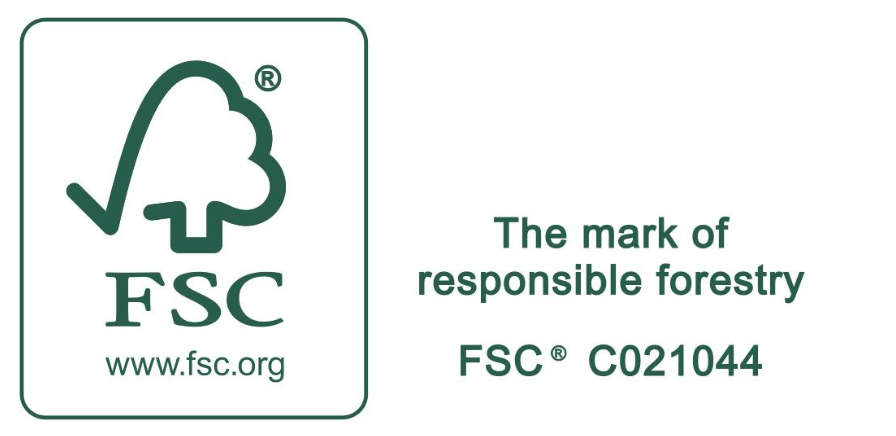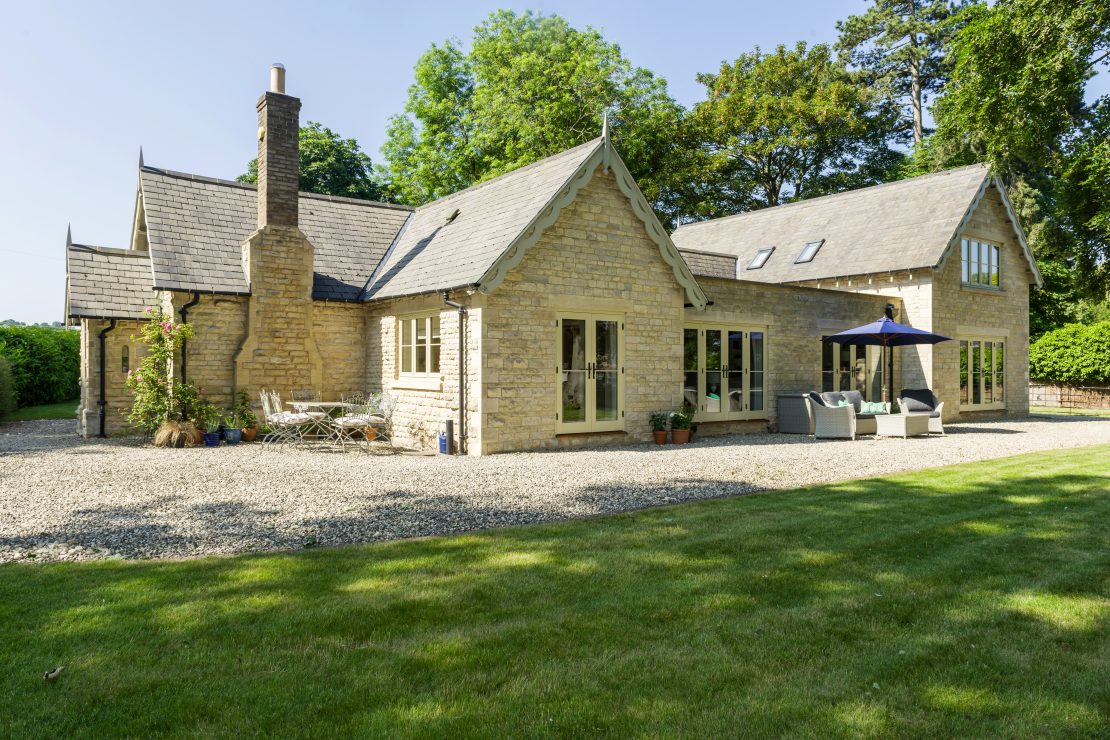November 20, 2019
“Hardwood always lasts longer” – a myth!
When it comes to timber windows and doors, there is a common misconception that hardwood is always better than softwood because it is more durable and long lasting; this is not the case. The two categories of timber – Softwood and Hardwood have nothing to do with the durability of the timber, some Hardwoods are brittle and soft such as balsa wood, and some Softwoods are very strong. The terminology comes from the type of tree, Hardwood comes from deciduous trees (trees that lose their leaves) and Softwood comes from trees that keep their leaves/needles all year round.
The concerns that people have about softwood windows and doors have arisen from the shoddy practises of joiners and manufacturers who have used poor quality timber and production methods, especially in the 1970s, 80s and 90s.
Timber has been used to make doors and windows for millennia. It is the perfect renewable material, which, when properly designed and manufactured to modern standards, will last for a hundred years or more with basic maintenance. It also gives excellent thermal, acoustic and security performance.
What is the anatomy of wood?
A little known fact, anatomically, is that trees have a heart? Wood obviously comes from trees, but it is a variable product. The centre of the tree is the heartwood and is the darker section. It is the part of the tree that gives strength, doesn’t allow moisture to flow easily so is more durable. The sapwood, the newer growth, is on the outer rings and this does allow moisture from the roots to be transported to the leaves, making the sapwood less durable than the heartwood.
As children, we were taught to count the rings to work out how old a tree is. Some rings are bigger than others and this is the result of the growing conditions in the year the ring was formed. The wider the rings, the faster the tree grows. The narrower, the slower growing the tree, the stronger the timber. Typically, trees grown in colder climates are the most enduring as a result of slower growth.
So what does this mean for timber products?
Timber that comes from colder climates is better quality. In Victorian times, pine was imported from the Upper Baltic which was very high quality because it came from the coldest areas so had narrower growth rings. It was also from virgin forests so was very old which means the ratio of heartwood to sapwood is higher with limited knots. If any of these forests survived, they were generally protected so are no longer available for harvest, quite rightly.
What causes twisting and warping?
As timber absorbs and releases moisture it will change in cross sectional area and to a more limited degree in length. The selection of the right timber needs to take into account how it does change. So, for example, European Larch has very little sapwood so tends to be durable but expansion and contraction is adversely affected by moisture.
Why is movement a problem?
If a window or door is well designed it should allow the timber to expand and contract without affecting the joints or the coating. If it moves beyond that capability and the joints fail and water is drawn into the end grains or the coating is damaged, regardless of any preservative, it will reduce the life of the product and increase maintenance.
Timber has been used in buildings for millennia. It is an ideal renewable material, which when properly designed and manufactured will last for centuries with low maintenance. It can give excellent thermal and security performance.
So why do some timber windows and doors fail so quickly?
Firstly, if timber doesn’t get wet it doesn’t rot. The coffins mummies have been found in are in very good shape after over 4,000 years! In order to produce a long lasting product, the timber must be protected and kept dry.
George Barnsdale achieves this by:
- Good design. Allowing water to drain off, allowing movement in the joints.
- Ensuring the timber doesn’t get too dry before or during manufacture by carefully monitoring the moisture content of the timber as we receive it and ensuring that the whole of our storage and manufacturing facility is humidity controlled.
- A tree draws moisture from its roots. Therefore, timber will always draw in moisture through the end grain. We carefully seal all end grain, particularly that which is covered in a joint. If there is a problem with moisture penetration through the joint the timber will not absorb it.
- We also seal all joints with a flexible sealant to allow movement to protect the coating.
- Our coating system has no compromises. The product is saturated in a preservative basecoat, followed by a clear mid-coat. Both of these allow the material to penetrate into all areas preserving and sealing areas that are not reached by normal painting or spraying. A high film building base spray coat and a top coat then allow further protection and a finish that will last for many years with minimum levels of maintenance.
Correct installation is important
Victorian windows were always fitted in reveal and had stone cills and there are still many Victorian windows around today. Careful thought to good installation will further enhance timber products. We issue comprehensive installation details to all our customers and approved partners and we have also developed a number of interface methods for installing our windows into buildings with retained facades.





















